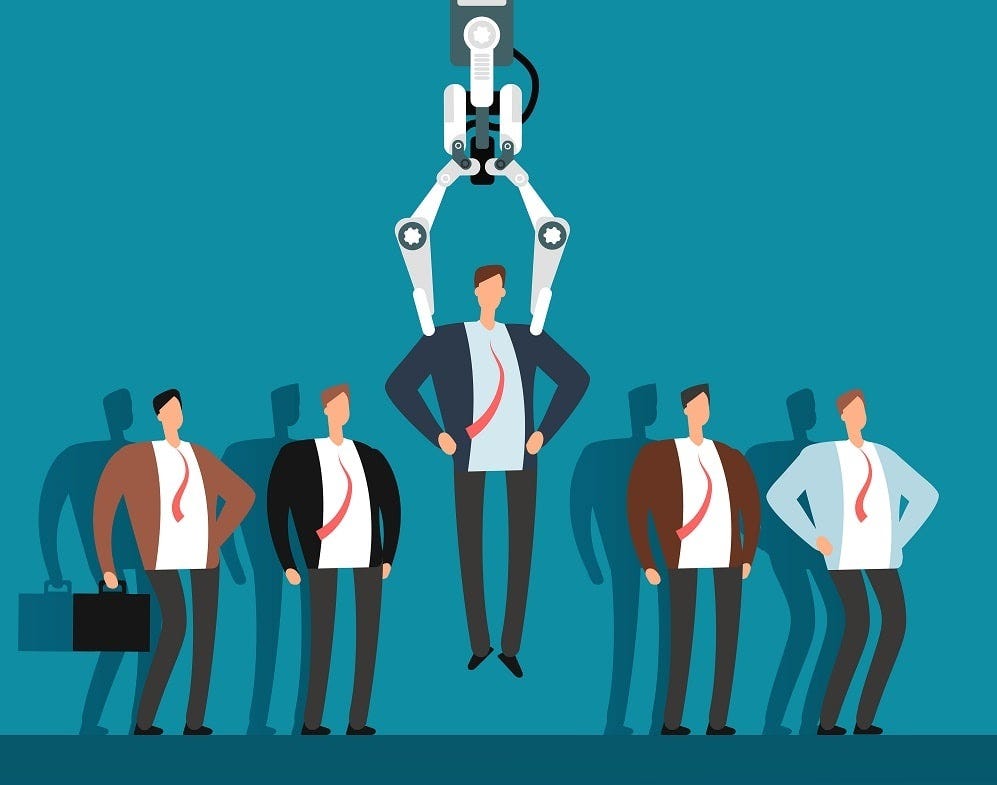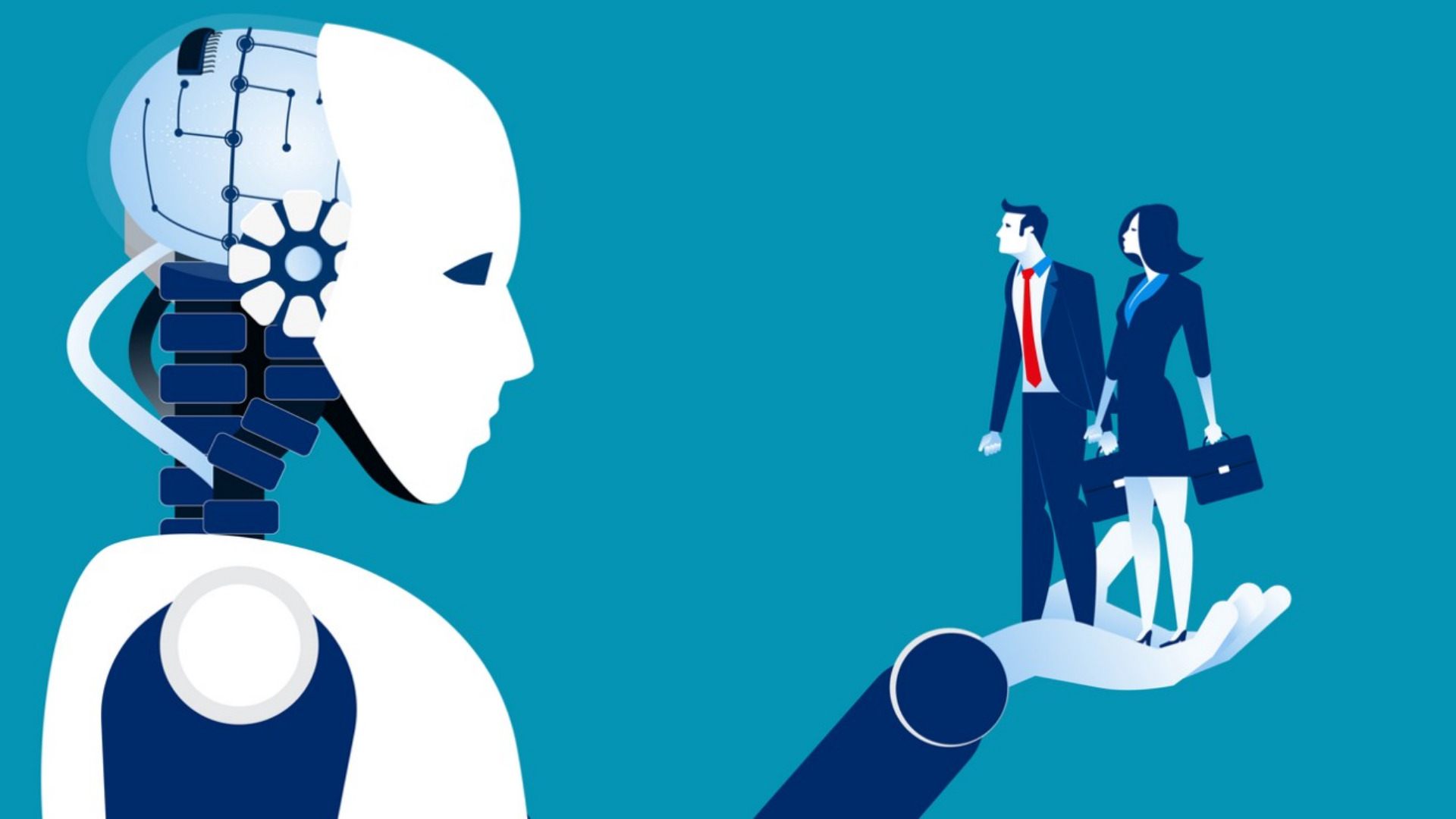
IN COLLABORATION WITH DATADRIVENINVESTOR.COM
July 16, 2020
SHOPLIFTERS
July 28, 2020What is it
The rise of advanced data analytics and cognitive technologies has led to an explosion in the use of algorithms across a range of purposes, industries, and business functions. Thanks to the advance of AI-Human collaboration, the articulation and reframimg of working practices of humans and machines will provide great partnerships for the future, where the two groups work together to achieve more (IFTF, 2020).
For as much talk there is on how technology can’t fix algorithmic injustice, there is the promise that with the help of AI, Human Resources workers can make choices that make workplaces more inclusive, more diverse and fairer to everyone.
Why it’s Cool
The inclination to be prejudiced against certain groups of people, or to instinctively prefer a person over another has existed for as long as humans have formed themselves into social groups. This mentality becomes problematic when bias screens out individual merit in favour of unfair prejudice. This can have serious consequences in the workplace, when bias might determine whether a person is invited for a job interview or how they are rated at work. Some might not be able to admit, but let’s face it, this is an unfotunate reality that insists in being unresolved.
By focusing on the system that is currently used to hire talents, AI can help HR agents to make fairer decisions. A.I. can identify the subtle decisions that end up excluding people from employment, it can also spot those that lead to more diverse and inclusive workplaces (Purtil, 2020).
“The nudge doesn’t focus on changing minds. It focuses on the system.”
-Iris Bohnet, a behavioral economist and professor at the Harvard Kennedy School.
It is easy to see the attraction of transferring objective assessments from human to machine. The natural assumption is that decision-making based on algorithms or artificial intelligence (AI) not only improves efficiency, but also strips out prejudice and reduces human error, allowing organisations to zoom in on objective qualities (Rennie, 2019). “Changing algorithms is easier than changing people” Sendhil Mullainathan, professor of behavioral and computational science at the University of Chicago

Why it has Future Growth Potential
Although decision-making processes that are driven by algorithms can share some of the same vulnerabilities as a human decision-making process, the advances on AI technology proves to be working against it. AI technology in HR processes are still in an early age but there are many developers working on to make algorithms HR workers’ best friend.
ZENJOB is an example of that, this German startup has recently received €27 million investment to grow their business. ZENJOB’s main goal is to act as a digital staffing service that provides temporary work to students, as well as helping companies on the other side find employees.
“We strongly believe in Zenjob’s unique digital offering in the temp staffing market. The team has built a very powerful platform to match high-quality temp staff with businesses, quickly and flexibly across all industries.”
-Harald Nieder, Partner at Redalpine
The company says that the new funding will be used to continue the development of the technology behind the service and its use of algorithms. While some may argue against the use of AI for HR hiring processes, organizations that adapt a risk-aware mind-set will have an opportunity to use algorithms to lead in the marketplace, better navigate the regulatory environment, and disrupt their industries through innovation (Tapase, 2017). In the meantime, ZENJOB sets itself as one of the pioneers in the business and as algorithm technology develops, the company blends the use of AI and humans in the hiring processes so as to avoid bias.
See how ZENJOB blends AI-Human collab in the video (00:37–01:10).
References:
Amador, C. (2020). Future of Work: 5 ways technology is reshaping work and the workplace. Retrieved from: https://allwork.space/2020/01/future-of-work-5-ways-technology-is-reshaping-work-and-the-workplace/
Maguire, J. (2020).The Artificial Intelligence Index. Retrieved from https://www.datamation.com/artificial-intelligence/the-artificial-intelligence-index.html?utm_source=quinstreet&utm_medium=display&utm_campaign=housebanners01232020
Tapase, T. (2017) Managing algorithms risks, a Delloite report.




